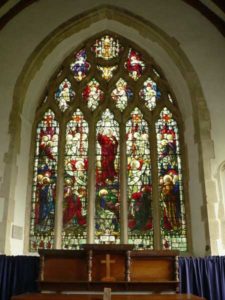Weeting St Mary




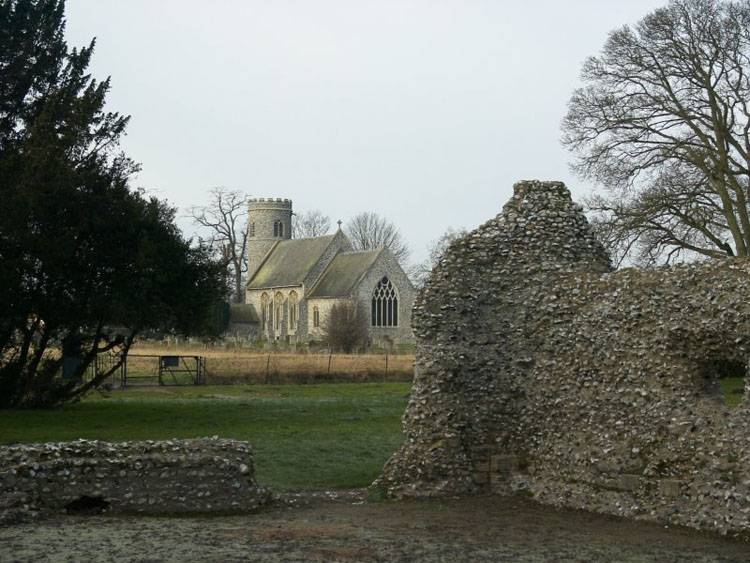






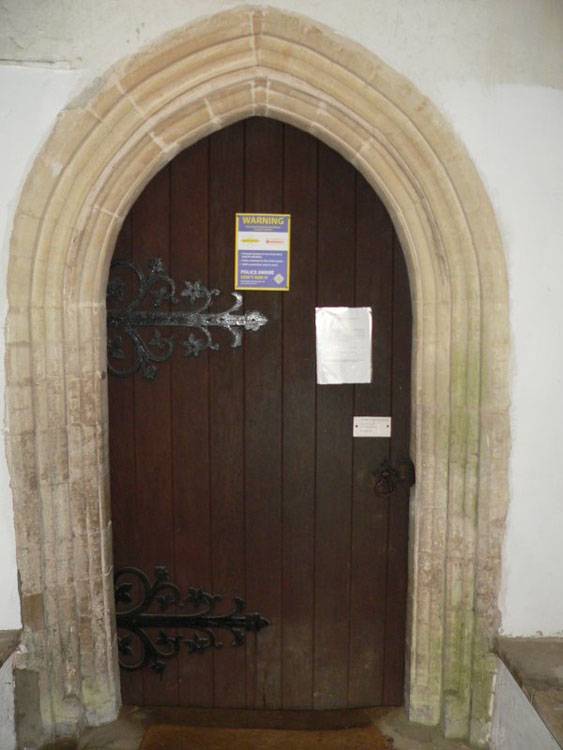
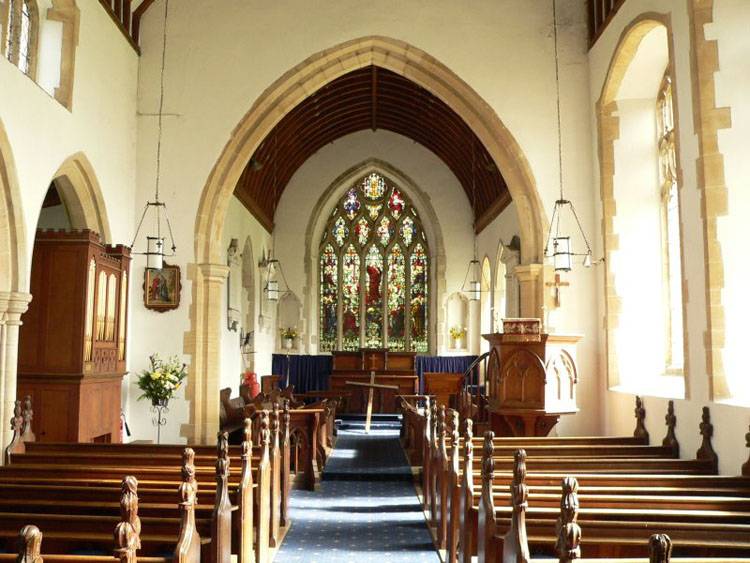
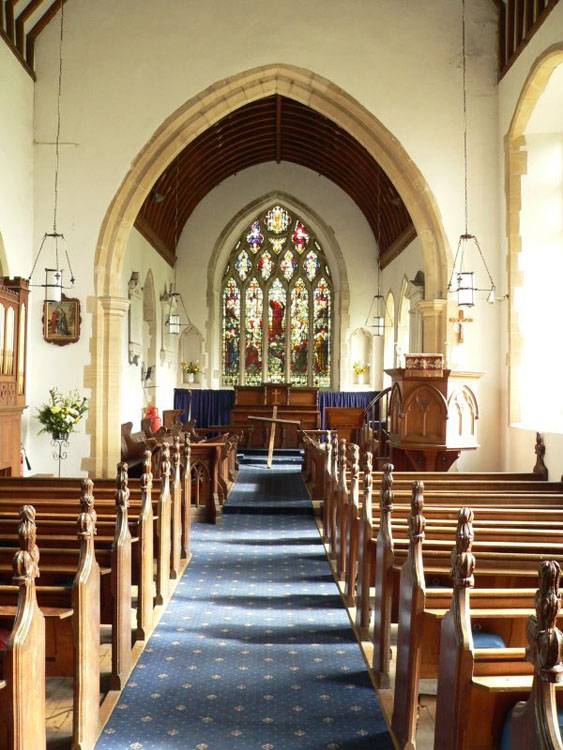



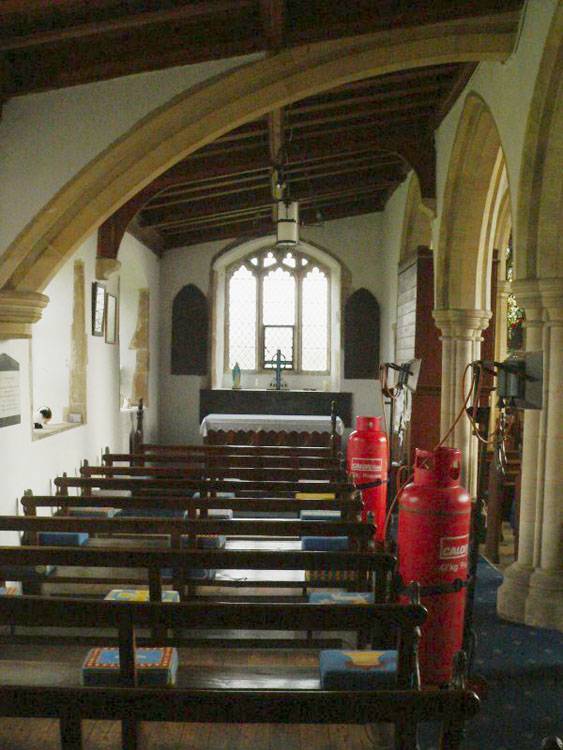

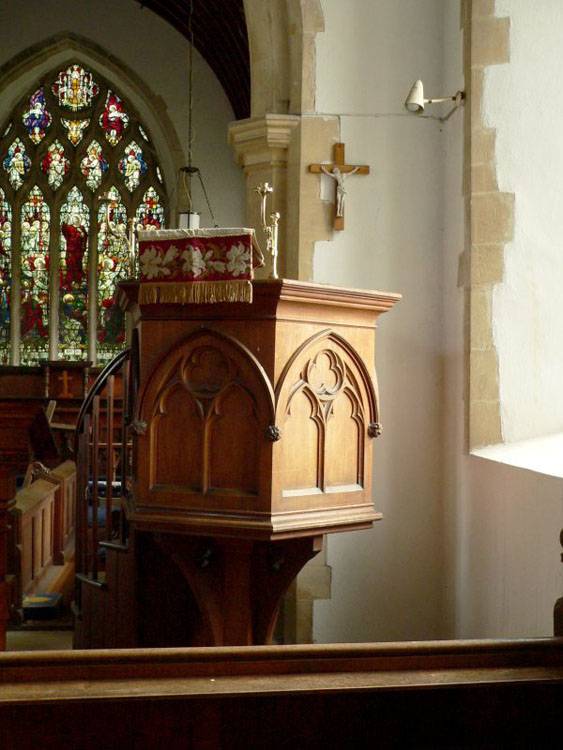
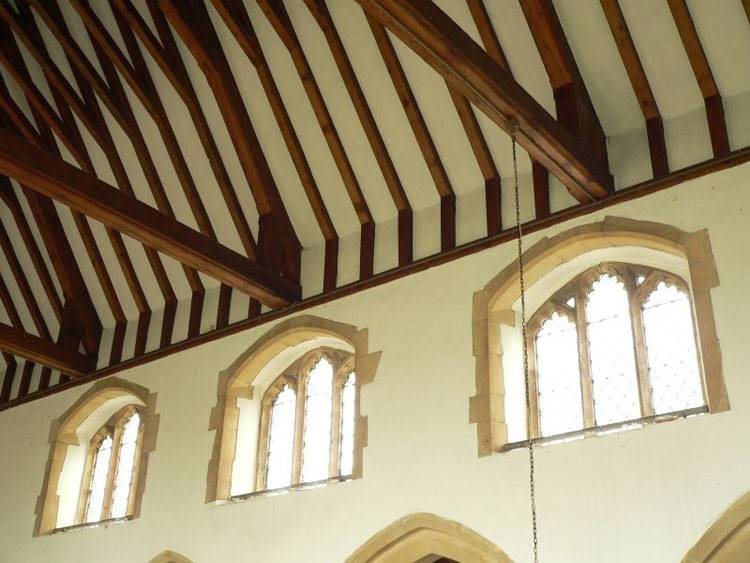

















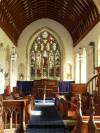








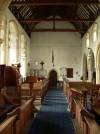
St Marys Church Weeting
Where to find this church
Church Information
St Marys church is located in Weeting, a Norfolk village about 2 miles north of Brandon.
This church is usually locked
* denotes external links that open in a new window

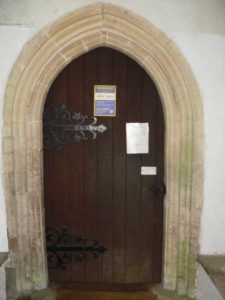
Visiting Weeting St Mary
St Mary’s of Weeting is one of the churches that are usually locked, and it is really difficult to get inside. However, it must have been open on my visit in 2008, as I was able to take some (rather poor) photos of the interior. I remember it was firmly locked on our latest visit, but not much more about this church; apart from the fact that the few remains of Weeting Castle are close by.
Here the flint tower was totally rebuilt in 1868, but it is not known if it was meant to be a copy of the old one. It is circular to the top, with Y tracery belfry openings, two string courses, circular ventilation holes, and a battlemented parapet. The lithograph drawing by Robert Ladbrooke in the 1820s shows a wood boarded turret on top of the south porch, to hold the four bells. The chancel was also rebuilt in the 19th century, although the east window and the central one on the south side re-used the 14th century old stonework. The east window has reticulated tracery. The nave has very large 19th century Perpendicular style windows, with embattled stepped transoms (horizontal bars).
The 14th century north arcade has quatrefoil pillars, and there are clerestory windows above it, (though none on the south side of the nave). Next to the westernmost pillar stands the font, a plain bowl with some moulding at the bottom of the bowl, maybe 14th century? In the aisle, in the sill of the east window on the north side, are two piscina bowls, an unusual form of the double piscina, deemed necessary around 1300. There are some old poppy heads on the pews in the aisle. The large chancel arch is 14th century, and most of the fittings are 19th century. There is a niche either side of the altar, which would have held a statue. The dropped-sill sedilia have two similar piscina bowls, as seen in the north aisle, cut into the flat stone. The east window is crowded with glass from 1905, showing Christ in Glory and many Saints and angels.
Conclusion: heavily modernised church which is usually locked

